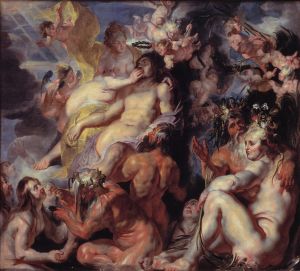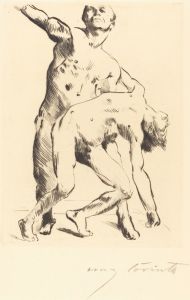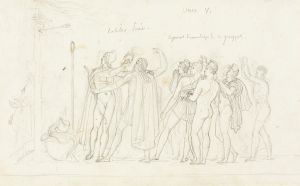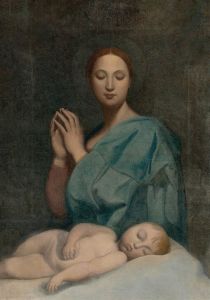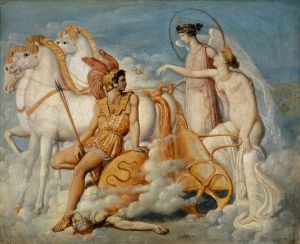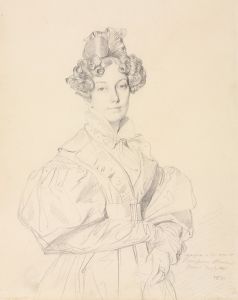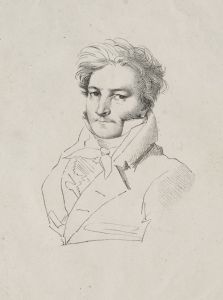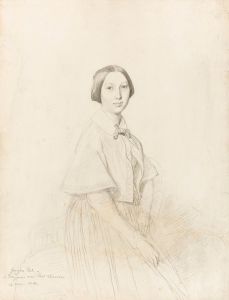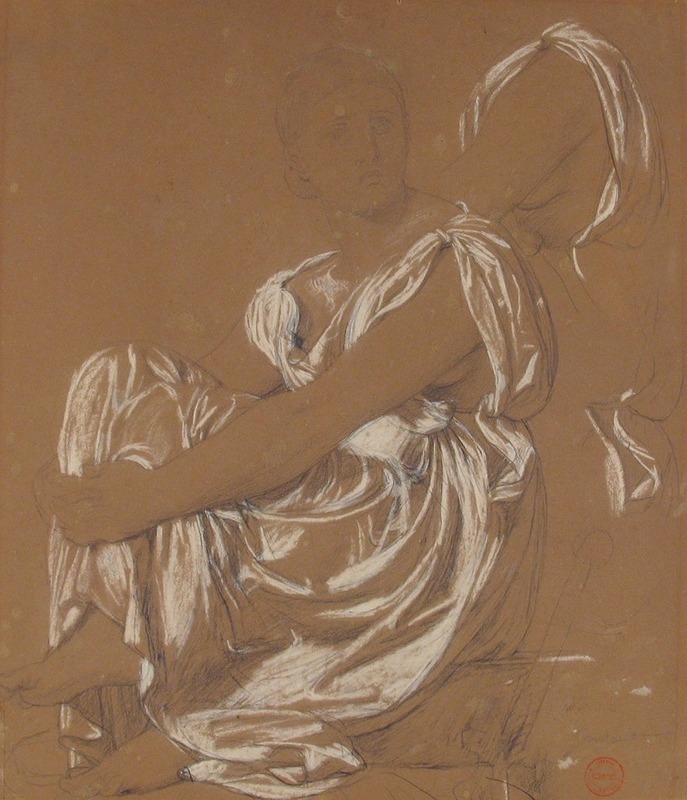
Study for the Figure of the Iliad in ‘The Apotheosis of Homer’
A hand-painted replica of Jean Auguste Dominique Ingres’s masterpiece Study for the Figure of the Iliad in ‘The Apotheosis of Homer’, meticulously crafted by professional artists to capture the true essence of the original. Each piece is created with museum-quality canvas and rare mineral pigments, carefully painted by experienced artists with delicate brushstrokes and rich, layered colors to perfectly recreate the texture of the original artwork. Unlike machine-printed reproductions, this hand-painted version brings the painting to life, infused with the artist’s emotions and skill in every stroke. Whether for personal collection or home decoration, it instantly elevates the artistic atmosphere of any space.
"Study for the Figure of the Iliad in ‘The Apotheosis of Homer’" is a preparatory drawing by the French Neoclassical artist Jean Auguste Dominique Ingres. This work is connected to Ingres' larger and more famous painting, "The Apotheosis of Homer," which was completed in 1827 and is housed in the Louvre Museum in Paris.
Jean Auguste Dominique Ingres (1780-1867) was a prominent figure in 19th-century French art, known for his precise draftsmanship and his commitment to the Neoclassical style. Ingres' works often drew inspiration from classical antiquity, and he was deeply influenced by the art and culture of ancient Greece and Rome.
"The Apotheosis of Homer" is a grand composition that celebrates the legendary Greek poet Homer, who is depicted being crowned by the personification of Victory. Surrounding Homer are various figures from literature and the arts, both ancient and modern, who pay homage to his enduring influence. The painting is a testament to Ingres' admiration for classical ideals and his belief in the timeless value of great art and literature.
The "Study for the Figure of the Iliad" is one of several preparatory works that Ingres created in the process of developing the final composition of "The Apotheosis of Homer." In this study, Ingres focuses on the personification of the "Iliad," one of Homer's epic poems. The "Iliad" is represented as a classical figure, embodying the themes and grandeur of the epic.
Ingres' preparatory studies are characterized by their meticulous attention to detail and their exploration of form and composition. These studies were essential to Ingres' creative process, allowing him to refine his ideas and achieve the desired balance and harmony in the final painting. The "Study for the Figure of the Iliad" showcases Ingres' skill in rendering the human figure and his ability to convey the nobility and majesty of classical subjects.
The drawing itself is executed with precision, demonstrating Ingres' mastery of line and his ability to capture the essence of his subjects with clarity and elegance. The figure in the study is depicted with idealized proportions and a sense of calm dignity, reflecting the Neoclassical ideals that Ingres championed throughout his career.
While the "Study for the Figure of the Iliad" is a preparatory work, it holds significant value in its own right. It provides insight into Ingres' artistic process and his dedication to achieving perfection in his compositions. The study also highlights the importance of classical literature and mythology in Ingres' oeuvre, underscoring his belief in the enduring power of these ancient stories to inspire and elevate the human spirit.
In summary, the "Study for the Figure of the Iliad in ‘The Apotheosis of Homer’" by Jean Auguste Dominique Ingres is a preparatory drawing that exemplifies the artist's Neoclassical style and his reverence for classical antiquity. It is an important piece that offers a glimpse into the meticulous process behind one of Ingres' most celebrated works, "The Apotheosis of Homer."






